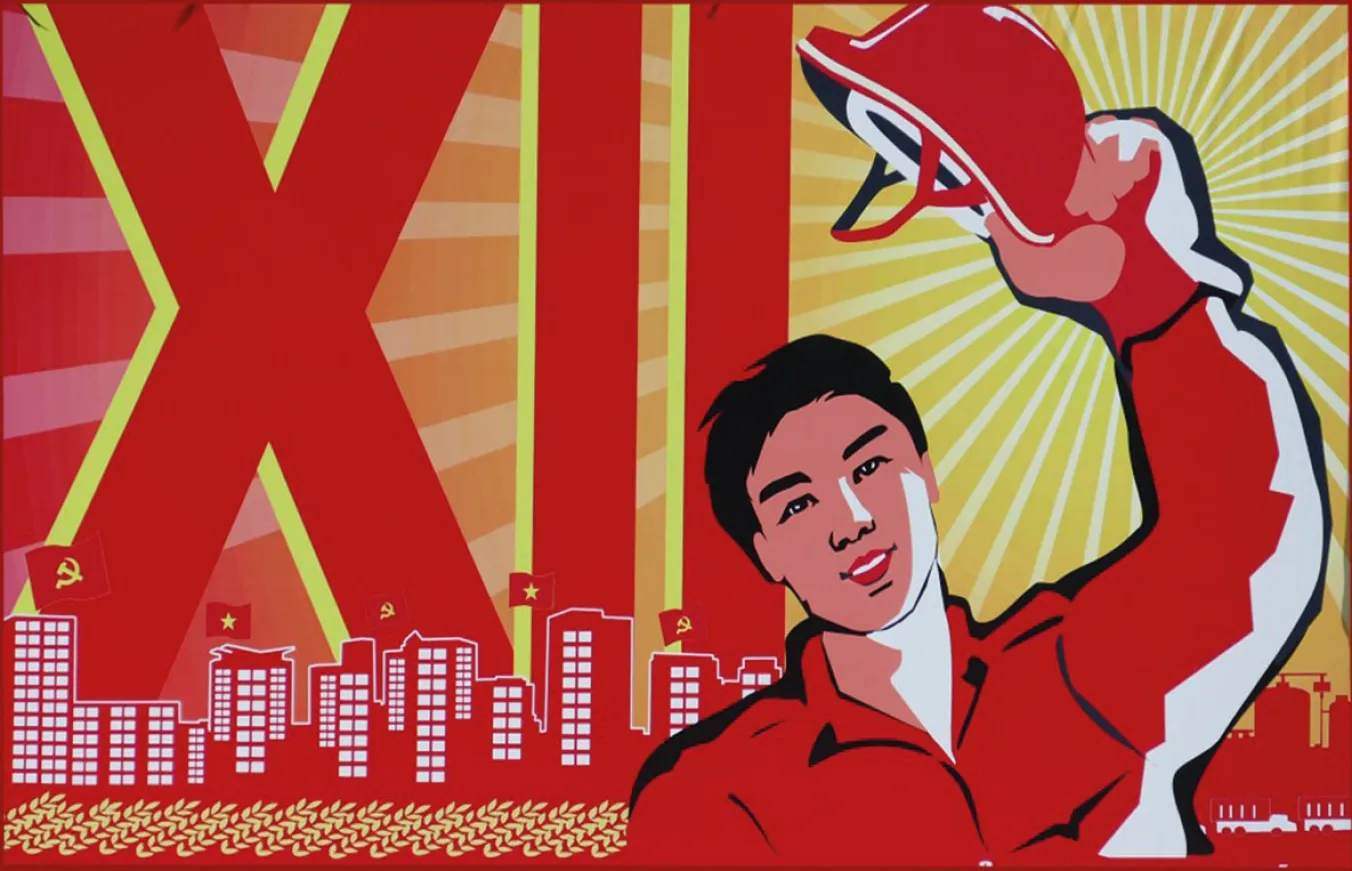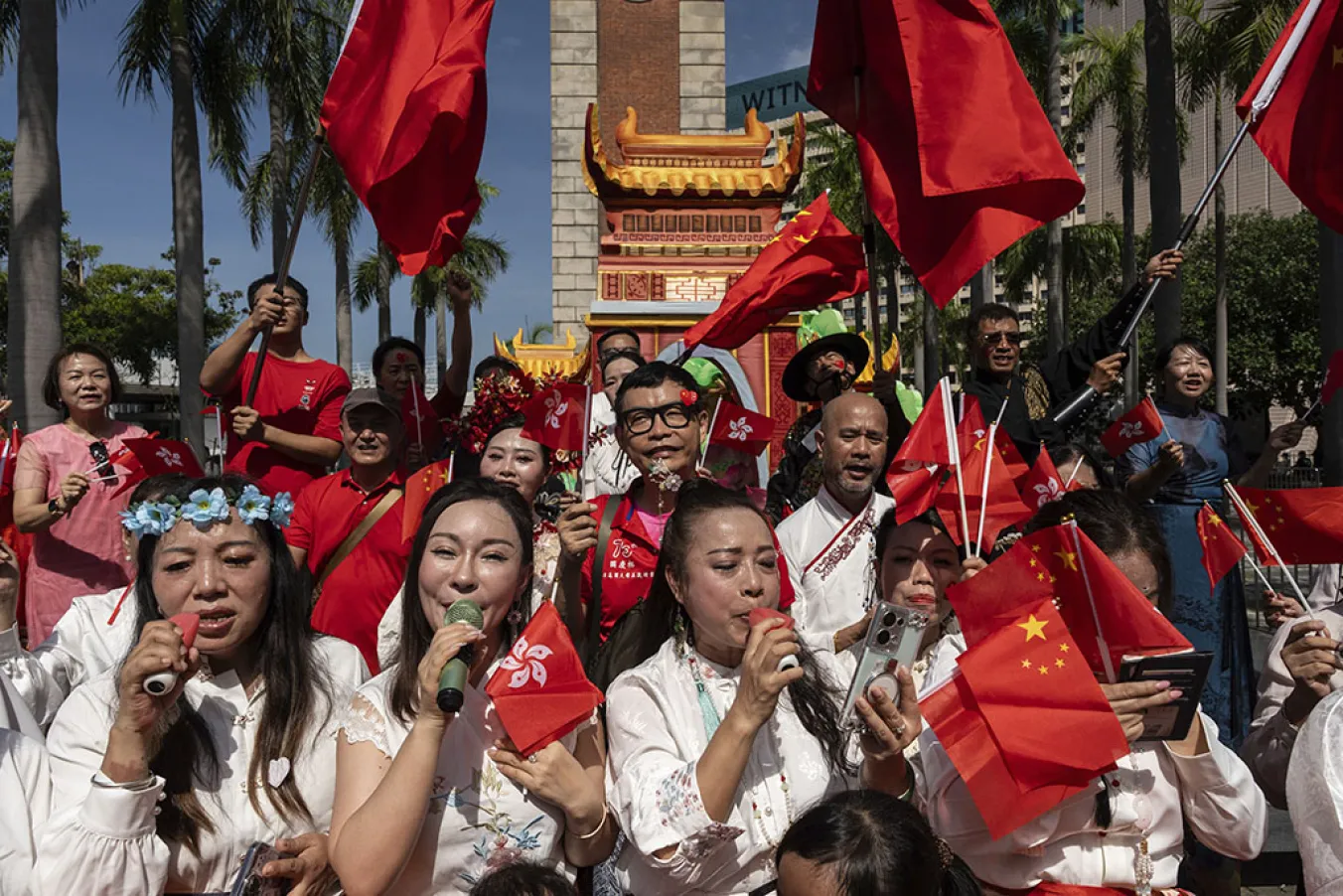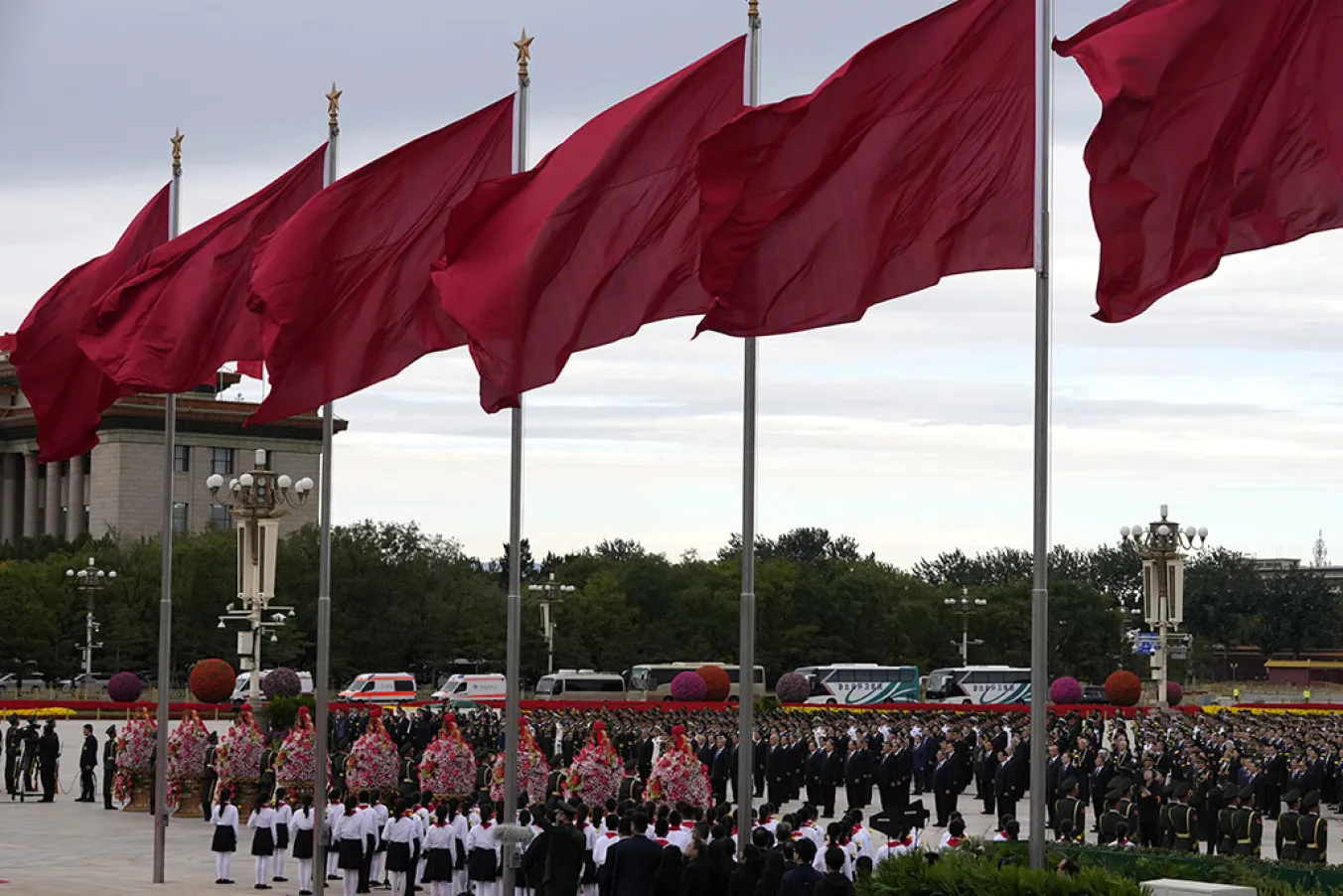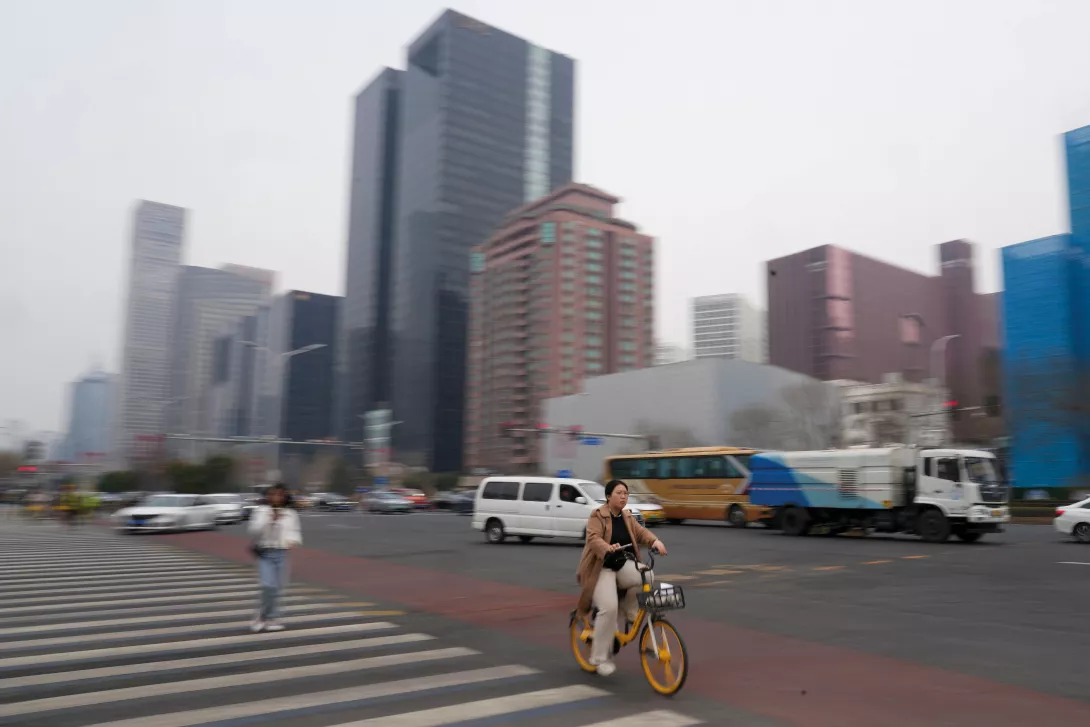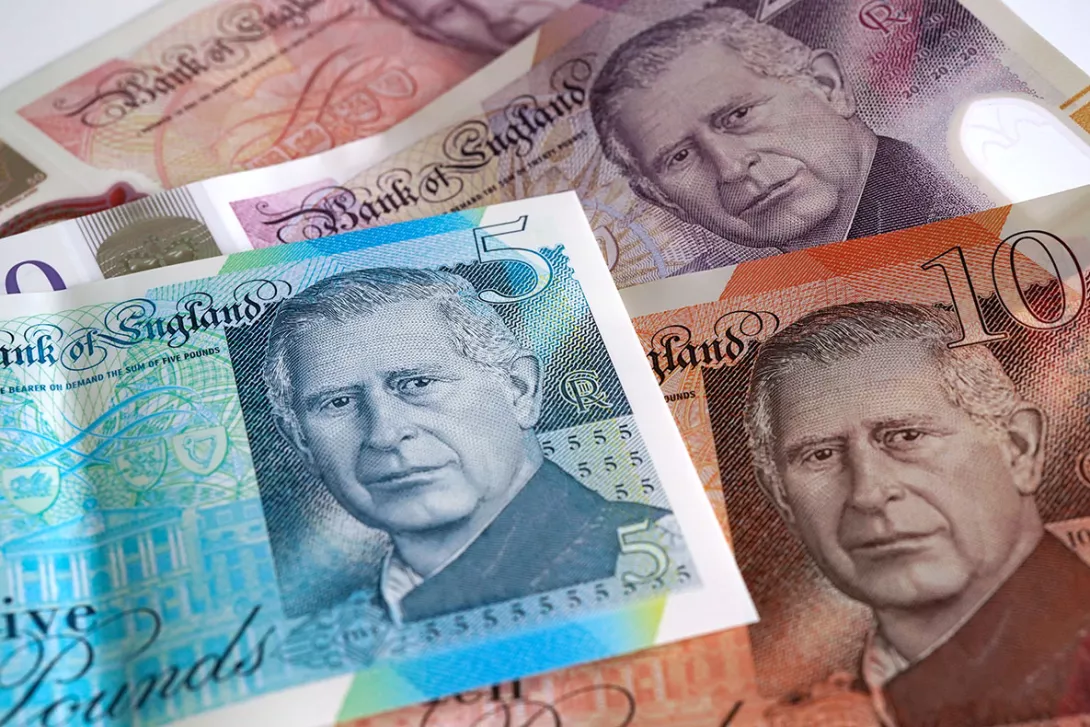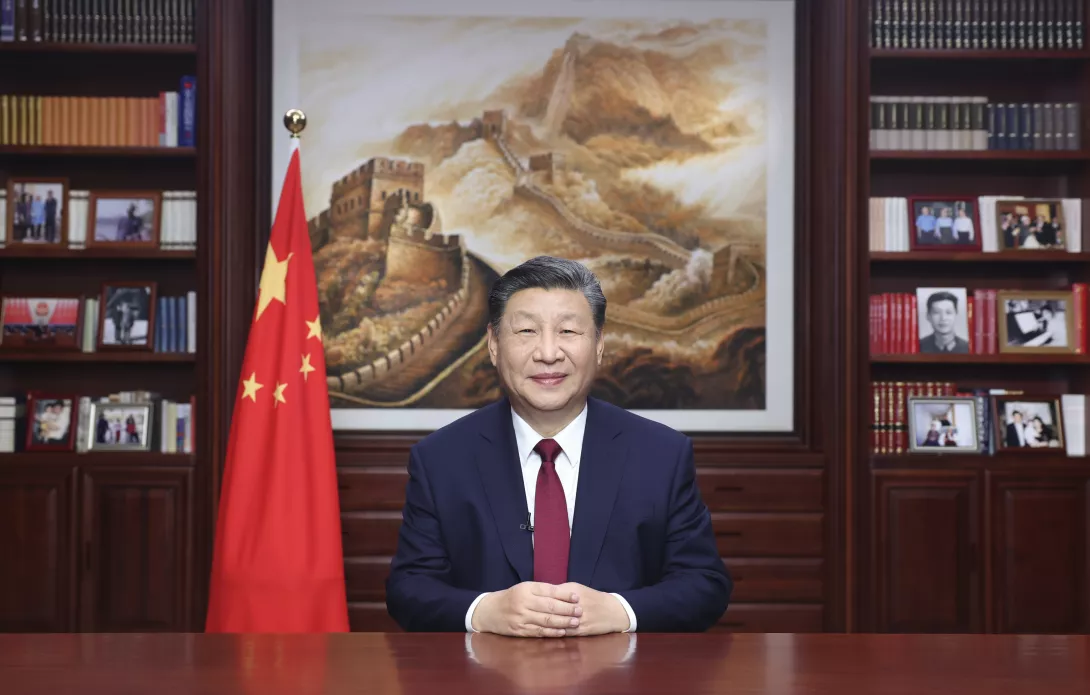
ALAIN BADIOU, in his book Petrograd, Shangai: Les Deux Revolutions du XXe Siecle (the two revolutions of the 20th century), describes the revolutionary impact of the Cultural Revolution on his generation as follows: “Every subjective and practical trajectory has found its nomination in the tireless creativity of the Chinese Revolution.”
The Cultural Revolution was a creative project of engaging new militants to the revolutionary ideological struggle. Mao conceived the Cultural Revolution as a “struggle“ against an objective reality, the danger of deradicalisation that every revolution faces.
The Cultural Revolution, so to speak, emerged as a forced creativity. The harsh reality that the desired society could not be achieved immediately after a socialist revolution, the paradoxical nature and unique challenges and responsibilities of continuing this struggle from a state position were being learned by experience, and the leaders of the Chinese revolution had no ready-made prescription, neither from theory nor from experience.
